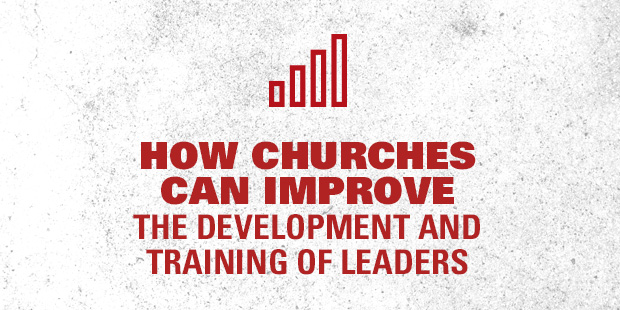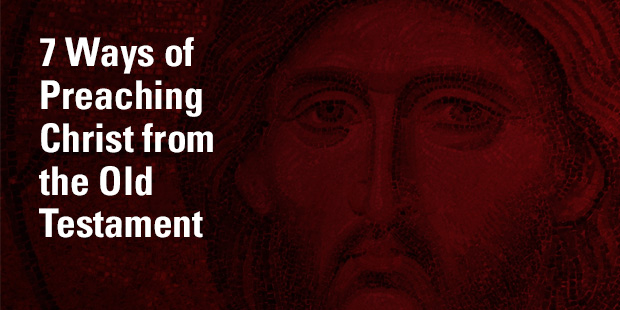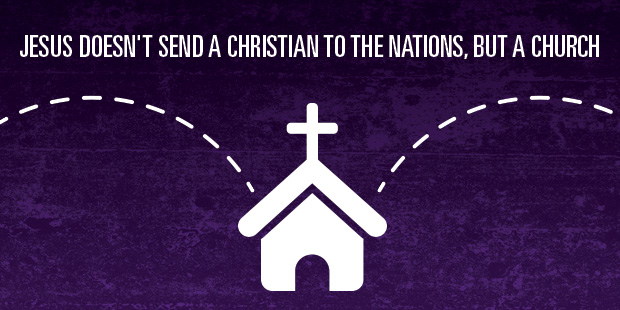
Is Your Children’s Ministry More Than Fun?
One of the hidden treasures that the “Prince of Preachers,” Charles Spurgeon, left the church was a little book titled Come Ye Children. In it, Spurgeon contended earnestly that one of the most important tasks given to a parent, teacher, or minister is teaching kids the gospel. Spurgeon writes:
There must be doctrine, solid, sound, gospel doctrine to constitute real feeding. When you have a joint on the table, then ring the dinner-bell; but the bell feeds nobody if no provender is served up. Getting children to meet in the morning and the afternoon is a waste of their steps and yours if you do not set before them soul-saving, soul sustaining truth. Feed the lambs; you need not pipe to them, nor put garlands round their necks; but do feed them.
As a parent, teacher, or minister, teaching your kids the gospel is the most important task you have. So, what is your plan? Just like kids grow physically in proportion to the food they eat and emotional support they receive, they grow spiritually in a similar manner. Are you intentionally feeding your kids the gospel? It is estimated that pastors have 104 hours a year with kids in their ministry, while parents have 8,736 hours a year.
By the end of 2014, will your kids know the gospel?
Help The Kids Understand The Gospel!
According to our kid’s team at LifeWay there are several foundational truths that should be established as the support structure of a child’s faith development—including God, Jesus, Bible, Creation, Family, Self, Church, Community and World, The Holy Spirit, and Salvation (These are charted out in Learning as They Grow). In other words, understanding these biblical concepts is vital to the spiritual development of the next generation. How are we doing with our children? Can our children answer questions such as:
- What is sin?
- Who is Jesus?
- What did Jesus do?
- Why do you and I need Jesus to save us?
- How do we receive the salvation that Jesus offers?
It is important that we be careful with our precious children. We do not want to walk them into making a decision to follow Christ without an intentional plan for walking with them down the road of discipleship. Our ministry to children will be measured by disciples, not decisions. In the video below, Trevin Wax offers some practical suggestions on teaching your children the gospel.
- Repetition is essential.
- Choose your language carefully.
- Don’t underestimate your kids’ understanding.
So, what are we teaching our children? Are we teaching morals, or the gospel? In that same little book, Spurgeon writes, “…the gospel produces the best morality in all the world.” As we teach our children the gospel, we teach them how to live as disciples.
Point The Kids To Jesus!
Trevin and I both serve as editors for The Gospel Project, a Christ-centered Bible study resource that presents the gospel story of redemption through every major Bible event. Our desire is that kids not only know all the Bible stories, but know the Bible story. We pray that kids would not see Jesus as part of the Bible story, but as the point of the Bible story. Not long ago we heard this story from a pastor in Oklahoma:
One night we were going over the story of Passover. It was such a natural transition to a gospel presentation that I was vibrating with excitement—they were going to hear a clear presentation of the grace of God in Jesus Christ! That night three kids gave their life to Jesus. The next week two more gave their lives to Jesus. The week after, those kids were bringing others to hear the gospel, and those kids were turning over their lives too.
No matter how you do it, or what material you use (unashamedly, I want you to use The Gospel Project) make sure you clearly and consistently communicate the good news of Jesus through your children’s ministry. Make sure you have an intentional plan to disciple your little ones. This is your most important task if you are a parent, teacher, or minister.
Read more from Ed here.

Tags: Children's Ministry, Ed Stetzer, Gospel, Scripture, The Gospel Project, Trevin Wax





























